In today’s digital age, mobile marketing has emerged as a vital strategy for businesses to connect with their customers. With the widespread use of smartphones and mobile apps, reaching and engaging customers on the go has become more important than ever. However, simply bombarding customers with generic messages or ads is no longer effective. To truly captivate your audience, you need to create personalized experiences that resonate with them. In this blog post, we will explore effective strategies to engage customers with mobile marketing and unlock the power of personalized experiences.
Table of Contents
Understand Your Target Audience:
Before diving into mobile marketing, it is crucial to understand your target audience. Conduct market research to gain insights into their preferences, behaviors, and needs. Analyze data from your existing customers, such as demographics, purchasing patterns, and app usage. This knowledge will help you tailor your mobile marketing efforts to meet their expectations. Market Research and Competitor Analysis.
Conduct market research to gain insights into broader industry trends and your competitors’ strategies. Identify what sets your target audience apart from others in the market and how you can position your MobiStart by analyzing demographic information such as age, gender, location, income level, and occupation. This data will help you gain insights into the general characteristics of your target audience and tailor your mobile marketing efforts accordingly.
Psychographics: Dive deeper into your audience’s psychographics, which include their interests, values, attitudes, lifestyles, and behaviors. Understanding what motivates your target audience, their preferences, and their pain points will enable you to create more relevant and engaging mobile marketing campaigns. Customer Surveys and Feedback: Conducting surveys or gathering feedback directly from your existing customers can provide valuable information about their needs, satisfaction levels, and expectations.
Use this feedback to identify patterns and gain a deeper understanding of what your customers want and how you can meet their needs through mobile marketing. Customer Journey Mapping: Map out the entire customer journey, from the initial awareness of your brand to the final purchase and beyond. Identify the touchpoints where mobile marketing can play a crucial role in engaging and influencing your target audience. This exercise will help you understand where and how to implement mobile marketing strategies to enhance customer experiences.

Data Analytics: Leverage the power of data analytics to gain insights into user behavior, app usage patterns, and engagement metrics. Use tools like Google Analytics or mobile analytics platforms to track user interactions, session durations, click-through rates, and conversion rates. Analyzing this data will provide a deeper understanding of how customers are engaging with your mobile marketing efforts and which strategies are most effective.
Social Listening: Monitor social media platforms, online forums, and review sites to gather real-time feedback and sentiment about your brand and your industry. Pay attention to what people are saying about your competitors and identify emerging trends or customer concerns. Social listening can help you stay in tune with your target audience’s conversations and adapt your mobile marketing strategies accordingly. Remember,
understanding your target audience is an ongoing process. It requires continuous monitoring, analysis, and adaptation as consumer behaviors and preferences evolve over time. By investing time and effort into understanding your audience, you can create highly targeted mobile marketing campaigns that resonate with your customers, drive engagement, and ultimately lead to business growth.
Create a Mobile-Optimized Website or App: To engage customers effectively, ensure that your website or app is mobile-friendly and optimized for a seamless user experience. A slow-loading website or a cluttered app interface can frustrate users and push them away. Implement responsive design, intuitive navigation, and fast loading times to provide a smooth experience that keeps users engaged Learn more about mobile marketing through digital marketing course
Responsive Design

Implement a responsive design approach, where the layout and content of your website or app automatically adjust to fit different screen sizes and resolutions. This ensures that users can easily navigate and view your content on various devices, including smartphones and tablets. Simplified Navigation: Optimize your navigation for mobile devices by using a clear and intuitive menu structure. Avoid overcrowding the screen with too many options or complex menus. Utilize dropdown menus, collapsible sections, or hamburger menus to save space and make navigation effortless. Fast Loading Times: Mobile users expect fast-loading websites and apps.
Optimize your website or app by minimizing file sizes, compressing images, and leveraging browser caching. Eliminate unnecessary elements and streamline your code to ensure swift loading times and minimize user frustration. Readable Text and Font Sizes: Ensure that the text on your mobile-optimized website or app is easily readable on smaller screens. Use legible fonts and appropriate font sizes. Avoid long blocks of text and break content into shorter paragraphs or sections for better readability. Touch-Friendly Interactions:
Mobile devices rely on touch interactions, so it’s essential to optimize your website or app for touchscreens. Ensure that buttons, links, and interactive elements are large enough and have adequate spacing to prevent accidental taps. Incorporate swipe gestures where appropriate to enhance the user experience. Streamlined Forms: If your website or app includes forms for user input, optimize them for mobile use. Use auto-fill options, minimize the number of required fields, and provide clear instructions. Implement features like predictive text and validation feedback to make the form-filling process as seamless as possible.
Optimized Media Content Images, videos, and other media elements should be optimized for mobile viewing. Compress images without sacrificing quality and use formats that are compatible with mobile devices. Consider using responsive video players or embedding videos from mobile-friendly platforms like YouTube or Vimeo. Mobile-Specific Features: Take advantage of mobile-specific features and capabilities to enhance user engagement.

Incorporate features like geolocation, push notifications, and device sensors (such as the camera or accelerometer) to create unique and personalized experiences that are specific to mobile devices. Cross-Platform Compatibility: Ensure your mobile-optimized website or app is compatible with various operating systems (such as iOS and Android) and different web browsers. Test your website or app on different devices and screen sizes to identify and address any compatibility issues.
Regular Testing and Updates: Regularly test your mobile-optimized website or app to identify any usability issues or bugs. Solicit feedback from users and make updates based on their experiences and suggestions. Stay up to date with the latest mobile trends and technologies to continuously improve the user experience. Remember, creating a mobile-optimized website or app is an ongoing process. Monitor user behavior, analyze data, and make iterative improvements to ensure your mobile presence remains user-friendly and engaging. By prioritizing mobile optimization, you can provide a seamless and enjoyable experience for your mobile users, leading to increased engagement and conversions.
Personalize Content and Offers:
Personalization is key to capturing customers’ attention and driving engagement. Leverage the data you have collected about your customers to personalize your mobile marketing campaigns. Send targeted push notifications, tailored offers, and relevant content based on their preferences, browsing history, or past purchases.
By delivering personalized experiences, you demonstrate that you understand and value your customers’ needs, fostering a stronger connection. Personalizing content and offers is a powerful strategy to engage customers and make them feel valued. By tailoring your mobile marketing efforts to individual preferences and needs, you can enhance customer satisfaction and drive conversions. Here’s how to effectively personalize content and offers:

Collect and Analyze Customer Data: Start by gathering relevant customer data through various touchpoints such as website registrations, mobile app usage, purchase history, and customer surveys. Collect information like demographics, interests, browsing behavior, and past interactions to build a comprehensive customer profile.
Segmentation: Divide your customer base into distinct segments based on common characteristics or behaviors. This segmentation can be done using factors such as age, location, purchase history, or preferences. By understanding different customer segments, you can tailor your content and offers more effectively.
Behavioral Tracking: Monitor customer behavior and engagement patterns across your mobile platforms. Track actions such as app usage, product views, clicks, or social media interactions. This data will help you understand user preferences and enable you to deliver more relevant and personalized content.
Personalized Push Notifications: Utilize push notifications to deliver personalized messages and offers directly to users’ mobile devices. Send notifications based on individual preferences, browsing history, or abandoned carts to re-engage customers. For example, if a customer has shown interest in a specific product, send a notification with a personalized discount or related recommendations.
Dynamic Content: Use dynamic content on your mobile app or website to personalize the user experience. Show personalized product recommendations, tailored banners, or customized landing pages based on individual preferences and past behavior. This helps users discover relevant content and offerings that resonate with their interests. Location-Based Personalization: Leverage geolocation data to provide location-based personalized content and offers. For instance, if a customer is near one of your physical stores, send a personalized notification with a special in-store discount. This approach creates a sense of urgency and encourages immediate action.
Email and SMS Personalization: Extend personalization beyond the mobile app or website by customizing email and Email marketing campaigns. Address customers by name and include personalized product recommendations or exclusive offers based on their preferences. This approach enhances engagement and encourages click-through rates.A/B Testing: Conduct A/B tests to evaluate the effectiveness of different content and offers.
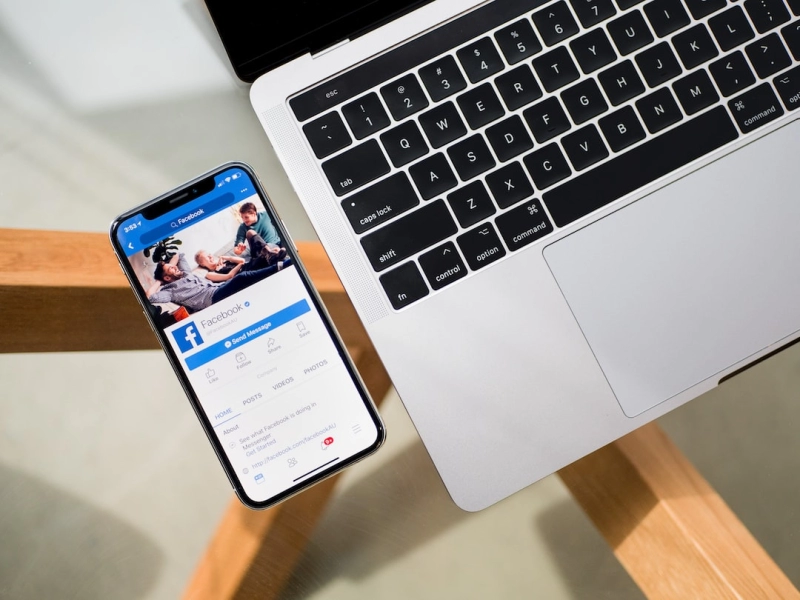
Test variations of personalized messages, visuals, or incentives to determine what resonates best with different segments of your audience. Analyze the results and optimize your mobile marketing campaigns accordingly. User-Generated Content (UGC): Encourage customers to share their experiences and content related to your brand through UGC campaigns. Repurpose this content on your mobile platforms to create a personalized and authentic user experience. This not only engages customers but also showcases social proof and builds trust.
Continuous Optimization: Monitor and analyze the performance of your personalized mobile marketing efforts. Track engagement metrics, conversion rates, and customer feedback to identify areas for improvement. Make data-driven adjustments to your strategies to ensure ongoing relevance and effectiveness. Remember, personalization should be thoughtful and respectful. Avoid crossing privacy boundaries or overwhelming customers with excessive messages. Strive for a balance between personalization and privacy to provide a tailored experience that delights and engages your customers.
Utilize Location-Based Marketing: Location-based marketing allows you to target customers based on their geographic location, enabling highly targeted and contextual messaging. Use geolocation data to send location-specific offers, recommendations, or event notifications. For example, a retail store can send a personalized discount coupon when a customer is in close proximity, enticing them to visit the store. Location-based marketing is a powerful strategy that leverages the geographical location of users to deliver targeted and contextually relevant marketing messages. By utilizing location data, businesses can engage customers in a more personalized and location-specific manner. Here’s how to effectively utilize location-based on marketing
Geolocation Technology: Start by implementing geolocation technology in your mobile app or website. This technology utilizes GPS, Wi-Fi, or beacon signals to determine the user’s precise location. Geolocation technology enables you to track and identify users’ whereabouts, allowing for more targeted and location-specific marketing.
Location-Based Notifications: Send personalized push notifications or in-app messages based on users’ proximity to specific locations. For example, if a customer is near one of your stores, you can send a notification with a special discount or offer to encourage them to visit. Location-based notifications create a sense of urgency and capitalize on users’ immediate surroundings. Geo-Fencing: Set up virtual boundaries, known as geo-fences, around specific areas or points of interest. When a user enters or exits a geo-fenced area, you can trigger relevant marketing messages or offers. For instance, a restaurant can send a discount coupon to users when they enter a geo-fenced area around lunchtime.
Localized Advertising:
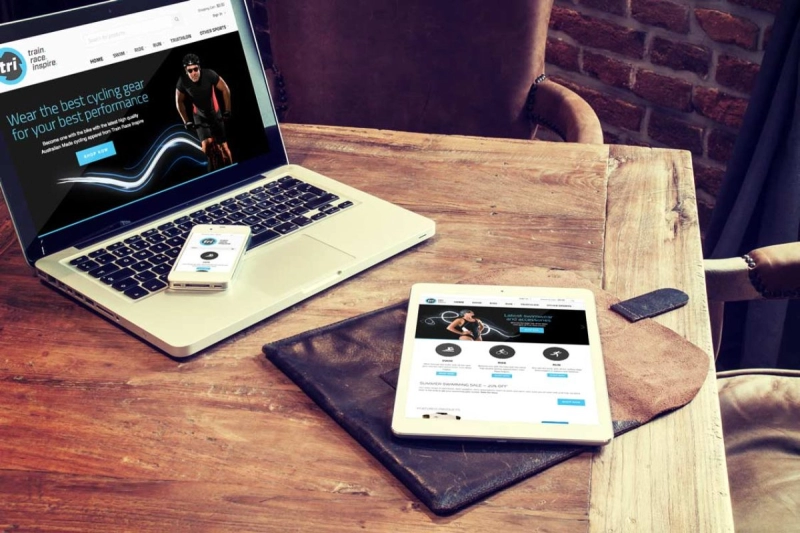
Use location-based advertising platforms, such as Google Ads or social media platforms, to target users based on their location. Customize your ad campaigns to appear prominently in specific regions or cities where your target audience is located. This ensures that your ads reach the right people at the right time. Location-Specific Content: Tailor your mobile app or website content to reflect the user’s location. For example, display relevant information about local events, weather conditions, or nearby points of interest. By providing location-specific content, you can enhance user engagement and provide valuable information that is directly relevant to the user’s surroundings.
Location-Based Loyalty Programs: Implement loyalty programs that reward customers based on their location-based actions. For instance, offer bonus points or exclusive discounts to customers who visit specific store locations or participate in location-based activities. This encourages customers to engage with your brand in specific locations, driving foot traffic and fostering loyalty.
Social Check-Ins and Reviews: Encourage users to check-in or leave reviews on social media platforms when they visit your physical locations. Offer incentives, such as discounts or freebies, for customers who share their experiences publicly. This generates user-generated content, boosts brand visibility, and influences others in the area to engage with your business. Partnerships and Local Collaborations: Collaborate with other local businesses or organizations to create joint location-based marketing campaigns. For example, a clothing store and a nearby coffee shop can cross-promote each other through location-based offers. By leveraging complementary businesses, you can expand your reach and engage a broader audience.
Data Analysis and Optimization: Continuously analyze location-based data to gain insights into user behavior and preferences. Identify patterns, trends, and areas of high engagement to optimize your location-based marketing strategies. Use data analytics tools to measure the effectiveness of location-based campaigns and make data-driven adjustments. Privacy and Transparency: Respect user privacy and ensure compliance with relevant data protection regulations. Obtain user consent for collecting location data and clearly communicate the value and benefits they will receive from sharing their location. Be transparent about how you handle and protect user data to build trust and maintain a positive reputation.
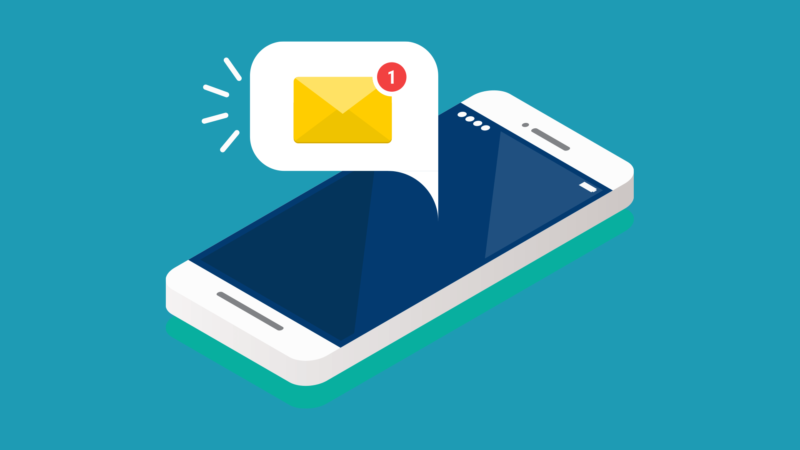
By effectively utilizing location-based marketing, you can deliver highly targeted and relevant messages to customers based on their physical location. This strategy enhances engagement, drives foot traffic, and creates a personalized and contextual experience that resonates with your audience. Gamification and interactive experiences are powerful techniques that businesses can use to engage customers, enhance brand loyalty, and drive customer participation. . Here’s how to effectively leverage gamification and interactive experiences:
Define Objectives: Start by defining your objectives and determining how gamification and interactive experiences can help you achieve them. Whether it’s increasing customer engagement, driving social sharing, or boosting sales, having clear goals will guide the design and implementation of your gamified experiences. Understand Your Audience: Gain insights into your target audience’s preferences, interests, and motivations. Identify what types of games, challenges, or interactive elements are most appealing to them. This understanding will help you create experiences that resonate with your audience and drive their participation.
Gamified Loyalty Programs:
Implement gamified loyalty programs to incentivize Social Media Contests: Run interactive contests or challenges on social media platforms. Encourage users to participate by sharing their experiences, photos, or creative content related to your brand. Offer prizes or exclusive offers to winners, and showcase user-generated content to boost engagement and brand visibility. Augmented Reality (AR) and Virtual Reality (VR): Utilize AR or VR technologies to create immersive and interactive experiences. Develop mobile apps or features that allow users to explore virtual environments, try on virtual products, or play interactive games. These technologies provide a unique and engaging way for customers to interact with your brand.
Progressive Rewards and Unlockable Content: Design experiences where users can unlock rewards or exclusive content by completing certain actions or achieving specific milestones. This creates a sense of progression and motivates users to continue engaging with your brand to unlock additional benefits. Challenges and Competitions: Create challenges or competitions that encourage users to compete against each other or challenge themselves. For example, fitness apps often incorporate challenges where users can set goals and track their progress. Leaderboards and achievements can further enhance the competitive element and drive ongoing engagement.

Personalized Gamification: Tailor gamified experiences based on individual user preferences or behaviors. Use data analytics to understand user preferences and dynamically adjust the game mechanics or challenges to match their interests. This personalized approach increases engagement and provides a more tailored experience. Data Analysis and Optimization: Continuously analyze user data and feedback to measure the effectiveness of your gamified experiences. Monitor engagement metrics, participation rates, and user feedback to identify areas for improvement and make data-driven optimizations.
Remember, the key to successful gamification and interactive experiences is to strike a balance between fun and relevance. Ensure that the games and interactive elements align with your brand values and resonate with your target audience. By integrating gamification and interactive experiences into your mobile marketing strategies, you can create memorable, enjoyable, and immersive experiences that drive customer engagement and build brand loyalty.
Conclusion
customer engagement and reward loyalty. Create point systems, badges, levels, or leaderboards that encourage customers to interact with your brand, make purchases, refer friends, or complete specific actions. Offer rewards, discounts, or exclusive perks to enhance the motivation to participate. Interactive Quizzes and Surveys: Design interactive quizzes or surveys that provide value to your customers while collecting valuable insights for your business. Make them engaging by incorporating visuals, timers, and score tracking. Provide instant feedback or personalized recommendations based on the quiz results to create a more interactive and personalized experience.


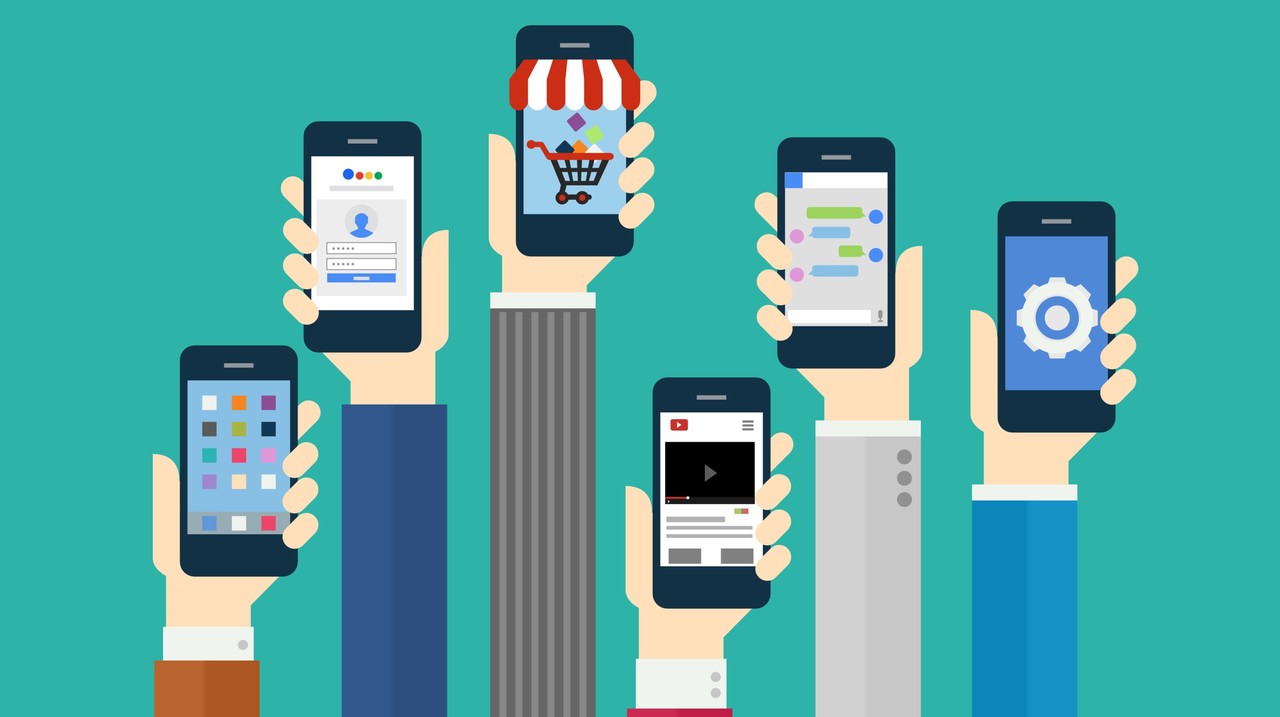
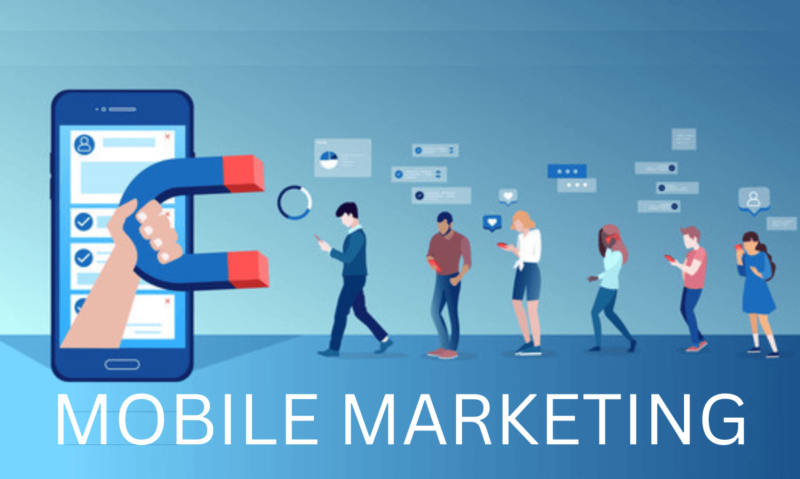






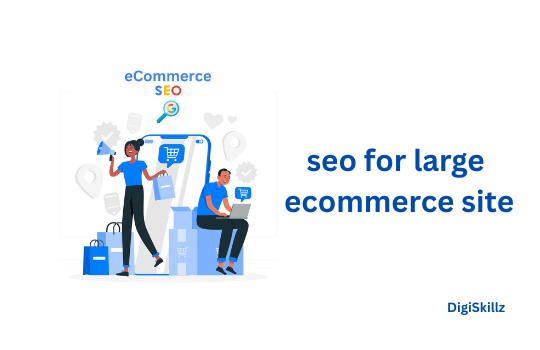

Leave A Comment